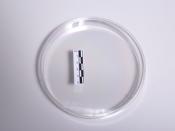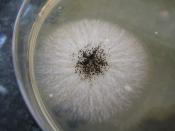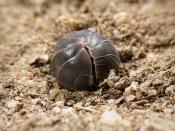The Food Consumption Preferences of Pill Bugs
Abstract
Two ethological experiments were performed on the species armadillidiidae vulgare, more commonly known as the pill bug or roly-poly. The behavioral response to inverting pill bugs onto their dorsal side was observed. This studied the pill bugs social interaction and behavior. Then it was tested whether or not the pill bugs would eat food that was not part of their natural habitat by placing Pop-tartî crumbs into their environment.
Introduction
Ethology is the study of animals and their behaviors. Many behaviors coincide with the movement of an organism in its environment. By using orientation, animals place themselves accordingly to the spatial features of their environment. By placing the pill bugs in an unknown environment, they tended to explore their new surroundings by following paths around the perimeter of the container.
Pill bugs are not actually a type of insect or arachnid, but rather a type of terrestrial isopod or land dwelling crustacean.
They are closely related to decapods which include lobster, shrimp, and crab. Their name comes from their instinct to curl into a ball or pill shape when threatened. Covering the top of the pill bugs are rough plates made of chitin, forming a protective exoskeleton. They have seven pairs of legs, two antennae, and exhibit some degree of sexual dimorphism; although due to their small size, it is hard to see differences between sexes. The females tend to be larger than males.


